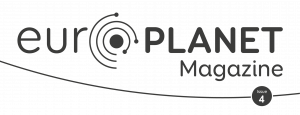Observing DART with the Travelling Telescope
Colin Clarke of Armagh Observatory and Planetarium in Northern Ireland visited the Travelling Telescope Team in Kenya through the Europlanet Expert Exchange Programme.
Read article in the fully formatted PDF of the Europlanet Magazine.
The Travelling Telescope is a Kenyan enterprise dedicated to sharing the wonder of the cosmos with people from all walks of life. Established in 2014 by Susan Murabana and Daniel Chu Owen, the project has enabled hundreds of thousands of children to engage with planetary science and astronomy by bringing a portable 12-inch telescope, an inflatable planetarium and outreach resources to remote and under-served regions of Kenya.
In January 2020, the team completed the construction of the Nairobi Planetarium, the first digital planetarium in East Africa, using bamboo harvested at the site to create a low-cost and environmentally sustainable structure. Susan and Chu were awarded the Europlanet Prize for Public Engagement in 2020 for their outstanding work to inspire young people from diverse communities through astronomy and planetary science.
In August 2022, I was invited by the Travelling Telescope team to visit them in Kenya with the aim of supporting the company to grow and reach even more children and adults. We applied successfully to the Europlanet Expert Exchange programme for funds to support my travel and subsistence costs.
I arrived in Kenya on 11 September, and got to work right away. Over the next 39 days, I assisted in every aspect of the Travelling Telescope enterprise, contributing experience in science communication, data science and event organisation gained at the Armagh Observatory and Planetarium, as well as my technical background in astrophotography and stargazing using powerful telescopes.
I assisted with programmes delivered by the Travelling Telescope to its many partner schools inside and outside Nairobi, including night-time stargazing activities and day-time sessions with the inflatable planetarium. In addition, I observed the general set up and then gradually began presenting shows myself in the Nairobi Planetarium. These included live presentations of objects in the night sky and navigation using the stars, as well as narrated shows on topics such as the high energy universe, black holes, and life as an astronaut in the ISS. At the end of these shows, I answered questions from children and adults in the audience.
Working with the team, we were able to increase the length of the shows for the visitors, and halve the workload for the planetarium operator.
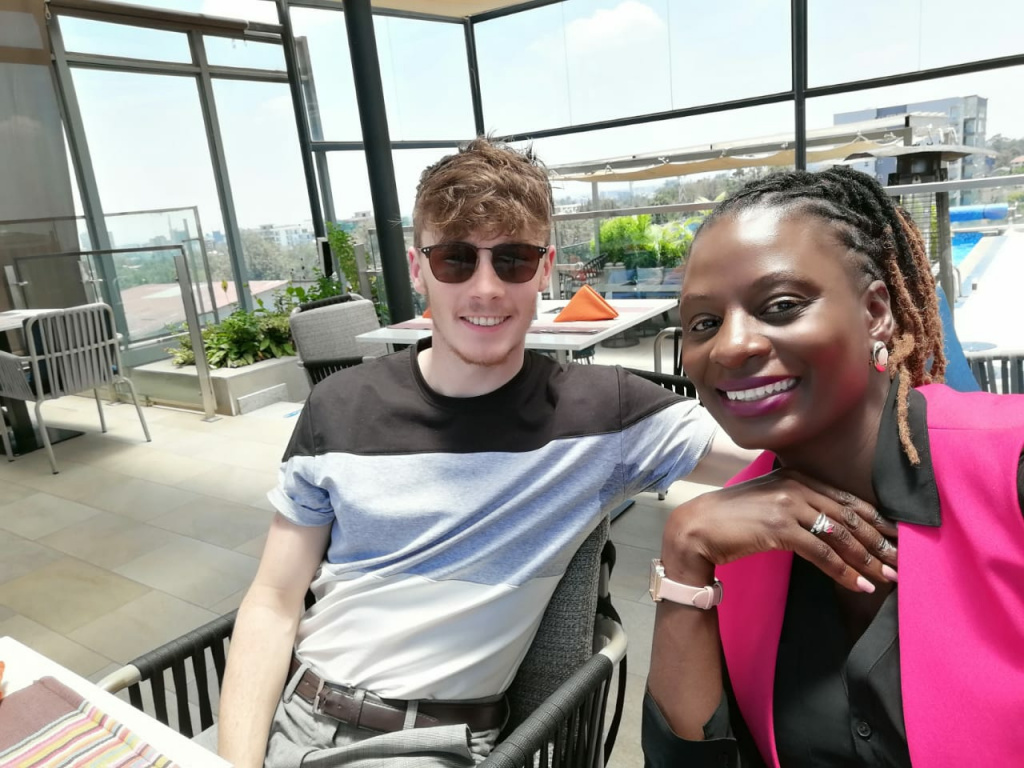
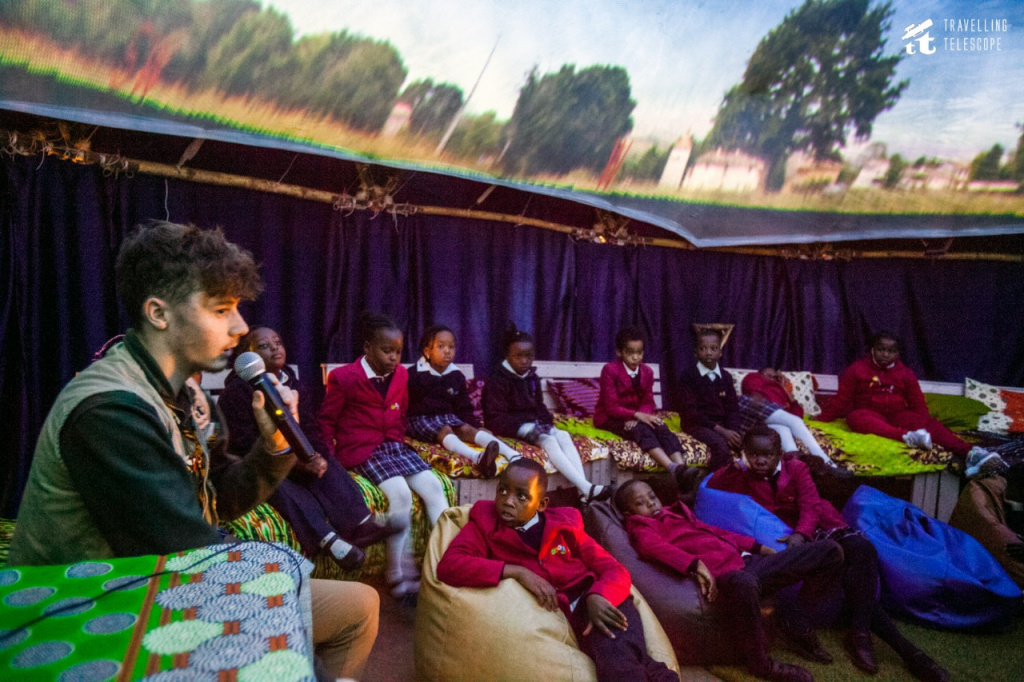
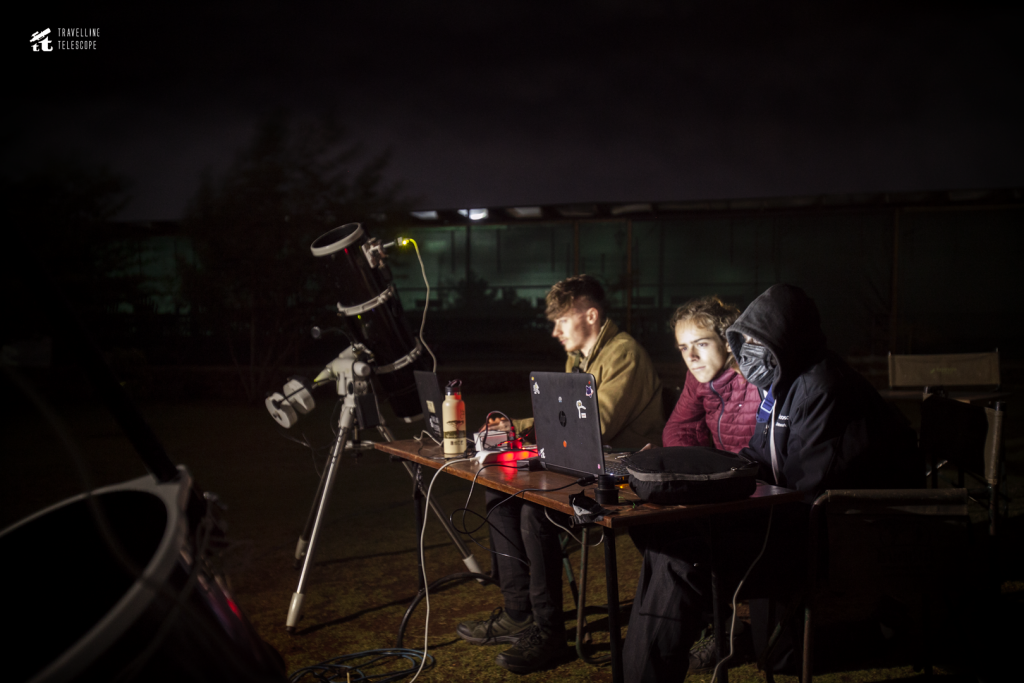
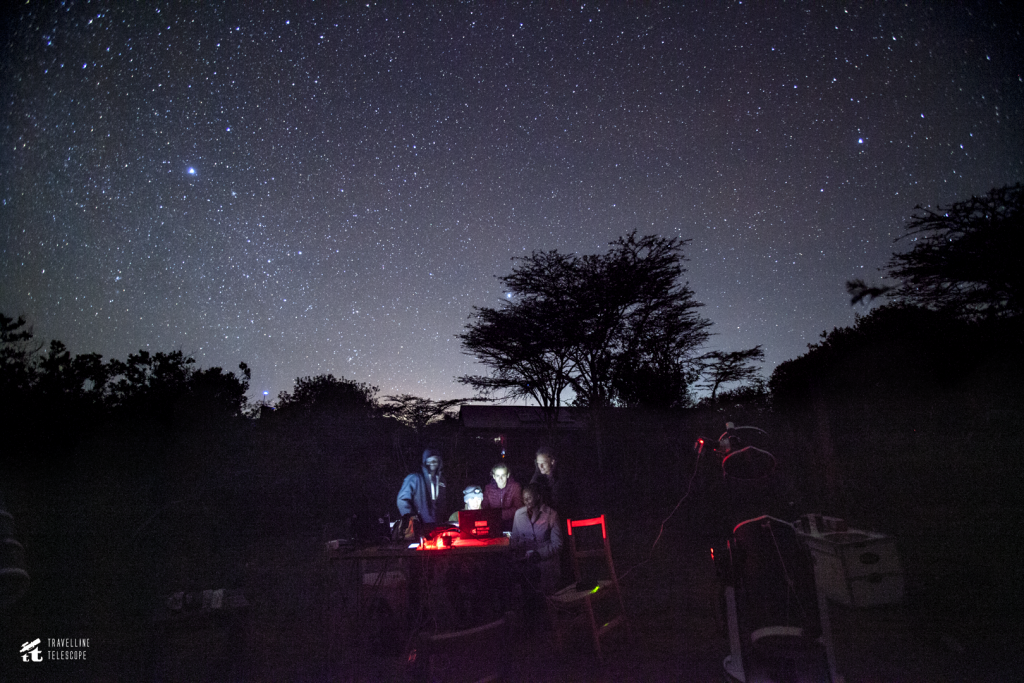
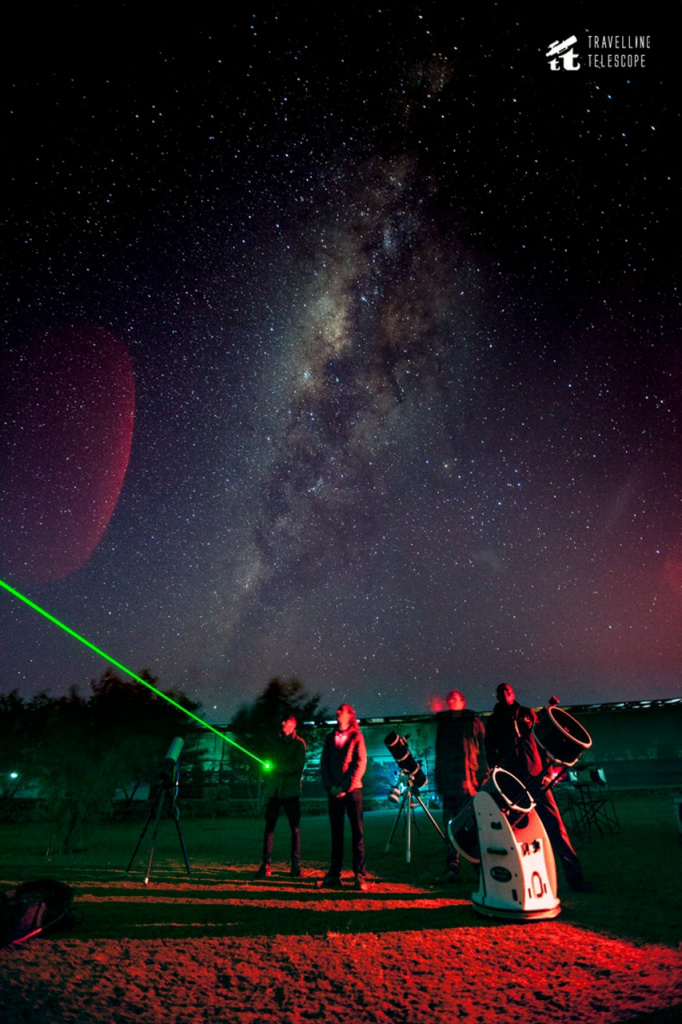
My visit took place during the lead-up, observation and the aftermath of NASA’s Double Asteroid Redirection Test (DART) mission. The DART spacecraft was intentionally crashed into Dimorphos, the moon of the asteroid Didymos (with which it forms a binary system) in order to observe the resulting change in its trajectory. The mission was designed as the first test of ‘planetary defence’, the preparation for humankind to avoid a catastrophic collision between Earth and asteroids.
Due to the position of Dimorphos in the night sky, south and east Africa had the best view of the moment of impact. The Travelling Telescope team were invited to join the official DART science team meetings to share our observation plans and how we would be communicating our work and the science of the mission with the public.
I was tasked with evaluating whether the two sensitive CCD cameras would give us the capability to observe Dimorphos before and, especially, after the impact. I also helped the team to ensure that the telescopes had smooth and reliable tracking, giving us a better chance at a successful observation.
Following a few moderately-successful nights of testing the telescopes and new cameras, we travelled to Laikipia, a remote location about a 4-hour drive outside Nairobi. We set up the equipment and, while we prepared to attempt to observe the impact, the team was interviewed by the BBC on what we were doing and why we’d chosen the location. We also visited a nearby girls boarding school called Daraja to run an observing session of the beautiful African night sky and talk to the students about the significance of the DART mission.
A further team supported by Europlanet, DART-OPTiK, which included a collaboration of researchers from the University of Edinburgh, Science and Technology Facilities Council (STFC), Technical University of Kenya and the Turkana Basin Institute (TBI) also travelled to Kenya to participate in the DART ground-based observation campaign. They set up a portable telescope at the TBI base in Ileret, in the north of Kenya, to observe Dimorphos over a few weeks either side of the impact to gain accurate information on any changes to the orbit.
In the early hours of 27 September (local time) we successfully observed the DART impact. We saw a dramatic brightening and a large cloud of ejecta spread through the Didymos system.
Over the following days, I used the Astropy Python package to convert the data we collected into a form that we could use to create time-lapses and enhance its quality in post-processing.
Towards the end of my stay in Nairobi, I took part in the monthly Star Safari experience, an all-inclusive camping and stargazing experience on the outskirts of Nairobi. We were able to observe the Moon, Saturn, Jupiter (which was in opposition) and the spiral arm of the Milky Way, as well as some deep sky objects such as the Orion and the Eagle nebulae. It was also an opportunity to talk to visitors about the DART mission and my research on measuring the distances to galaxies.
In summary, the Expert Exchange visit was an amazing experience. The Travelling Telescope team and I learned a lot from each other. The organisation is expanding its outreach programme to share the wonders of our universe with people of all ages. We also firmly believe that the enterprise is now on a path to grow into a valuable scientific observational team.

